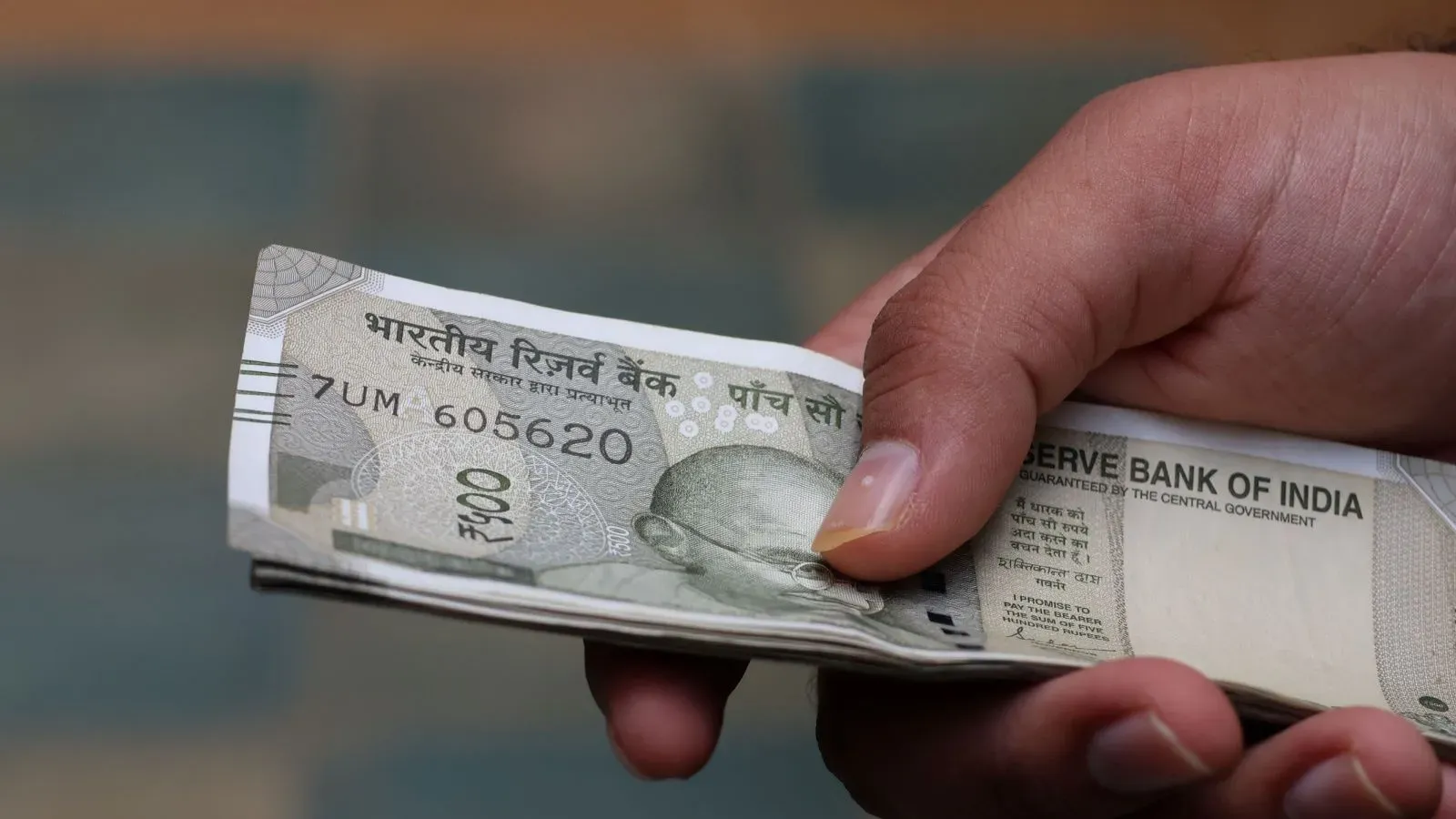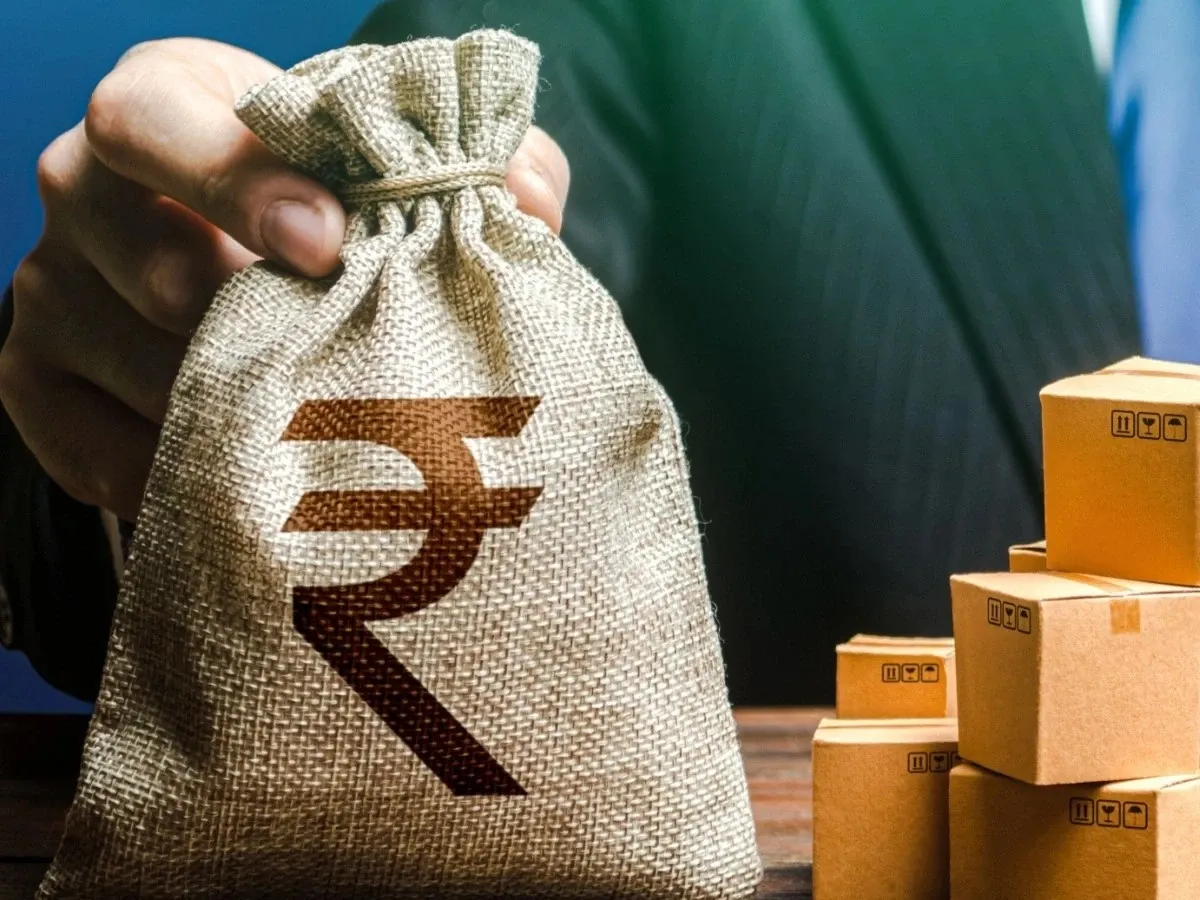Personal Finance News
8th Pay Commission: Minimum pay of Central Govt employees jumped 605% from 5th to 7th CPC - here's how
.png)
3 min read | Updated on April 28, 2025, 14:52 IST
SUMMARY
The minimum pay of Central Government employees jumped by 605% from the 5th to the 7th pay commission. Ahead of the 8th Pay Commission's formation, this article looks at the methods used by previous pay panels to determine the minimum pay.

Central Government employees have high expectation of a hike in minimum pay from the 8th CPC. | Representational image source: Shutterstock
As the Government has set the formation of the 8th Central Pay Commission (CPC) in motion, central government employees are having high expectations of a hike in their minimum salaries.
The minimum pay of Central Government employees jumped by 605% from the 5th to the 7th pay commission. The minimum pay during the 5th CPC was ₹2550, which increased to ₹7000 in the 6th CPC. The 7th CPC raised the minimum pay to to ₹18,000.
Minimum pay determination in the 5th CPC
The 5th Pay Commission adopted the ‘Constant Relative Income Approach’ to calculate the minimum pay. The principle behind this approach is that the real minimum pay must grow in tandem with real per capita income so that the compensation of government staff is not independent of the economic realities of the country.
The minimum pay determined by the 4th CPC was ₹750. Based on the above principle, the 5th CPC added the DA of ₹1,110 to ₹750 to arrive at the ‘price protected’ minimum pay of ₹1,860 as on 01.01.1996. The 5th CPC also added a step up of 30.9% to the minimum pay of ₹1860 to arrive at a final minimum pay of arrived at ₹2,440 as on 01.01.1996. This amount was subsequently increased to ₹2,550 at the implementation stage.
Minimum pay determination in the 6th CPC
The 6th Pay Commission used the norms set by the 15th Indian Labor Conference (ILC) in 1957 to determine the need-based minimum wage for a single industrial worker.
The 6th CPC also considered additional components of expenditure to cover children’s education, medical treatment, recreation, festivals, and ceremonies. Based on its calculations, the 6th CPC arrived at a minimum wage of ₹5,479. This was enhanced by about 22% to ₹6,660, which was recommended as the minimum pay in the government. The enhancement quantified the skill factor that Group D staff would acquire through training, upon their merger into Group C. At the implementation stage, the minimum pay was fixed at ₹7,000 per month on 01.01.2006.
Minimum pay determination in the 7th CPC
The 7th CPC noted that ILC norms have always been at the core of the minimum pay calculations made by the previous Pay Commissions. This pay panel was of the view that the ILC norms are the best approach to estimating the minimum pay as it is a need-based wage calculation that directly meets the requirements generally prescribed to ensure a healthy and dignified standard of living.
Using the ILC norms, the 7th CPC arrived at a minimum pay of ₹18,000, which was 2.57 times the minimum pay of ₹7,000 fixed by the government while implementing the 6th CPC, and over 605% more than the minimum pay recommended by the 5th CPC.
"After considering all relevant factors the Commission is of the view that the minimum pay in government recommended at ₹18,000 per month, w.e.f. 01.01.2016, is fair and reasonable and one which, along with other allowances and facilities, would ensure a decent standard of living for the lowest ranked employee in the Central Government," the 7th CPC said.
Related News
By signing up you agree to Upstox’s Terms & Conditions
About The Author
Next Story




